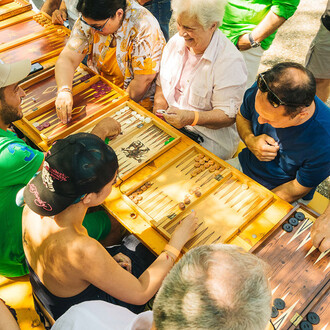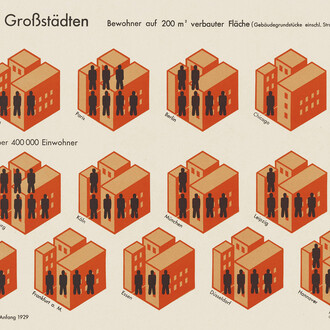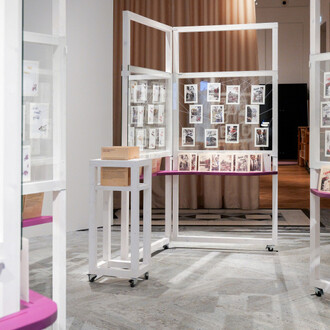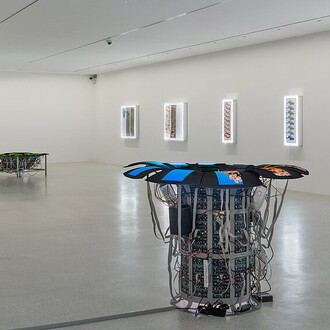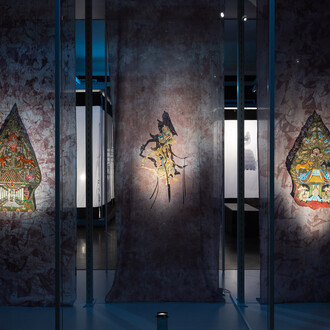Why does the City of Vienna acquire contemporary art every year? What role does the Municipal Department of Culture (MA 7) play in this, and what role does the Wien Museum play? Where are the art works stored when they are not on display? What happens to the objects in a collection over the years? And what does municipal funding mean for the artists based in Vienna? The exhibition Sold! tells the story of how contemporary art is handled from the perspectives of the museum, the city, and the artists.
Every year, the MA 7 acquires around 80 works by artists living and working in Vienna. For many of them, this is the first purchase by a public collection, an important milestone at the beginning of an artist's professional career. At the same time, the acquisitions amount to a continuous survey of the Viennese art scene.
The works of art that are selected annually by an expert jury nominated by the MA 7. They subsequently enter the collection of the City of Vienna, which is managed by the Wien Museum. Over the years, the acquired works have changed considerably. When these purchases began in the 1950s, almost all the works entering the collection came in “traditional” genres like painting, print, or sculpture. Today, acquisitions often include intricate installations, performances, or complex digital objects. The use of ever new materials brings intriguing challenges that have to be mastered by the Wien Museum's staff.
The selection criteria of the jury must keep pace with the these formal developments. A work of art that is purchased in 2024 may be “just” a performance or physically shrink or expand, or even disintegrate. Promoting artistic ideas across the vast formal range of contemporary art production can therefore be at odds with the mission of a collection whose primary task is to preserve things.
Sold! is not just a presentation of a selection of highlights from the MA 7's art acquisitions since 2018. The exhibition also gives behind-the-scenes insights into the city's acquisition of and care for art. Artists, advisory board members, and conservators have their say in order to shed light on the paths of artworks from an artist’s submission and the visit to their studio to a work’s path from a storage facility to itspresentation in an exhibition.
An exhibition of the Wien Museum musa in cooperation with the Cultural Department of the City of Vienna (MA 7).
Participating artists: Cäcilia Brown, Sophie Dvořák, Sylvia Eckermann, Laia Fabre, Siegfried Fruhauf, Jojo Gronostay, Paul Gründorfer and Christoph Freidhöfer, Katharina Heinrich, Helmut Heiss, Benjamin Hirte, Doris Theres Hofer, Thomas Hörl, Ulrike Johannsen, Terese Kasalicky, Ulrike Königshofer, Lisa Kortschak, Hannahlisa Kunyik, Tina Lechner, Johann Lurf, Sabine Marte, Ann Muller, Georg Oberlechner, Abiona Esther Ojo, Bernd Oppl, Michèle Pagel, Palais des Beaux Arts Wien, Elisabeth Penker, Jörg Piringer, Heti Prack, Wendelin Pressl, Marlies Poeschl, Liesl Raff, Lisa Rastl, Barbis Ruder, Francis Ruyter, Anna Schachinger, Ashley Hans Scheirl, Herwig Turk, Nadim Vardag, Maja Vukoje, Laura Wagner, Christoph Weber, Andreas Werner, Christina Werner
(Curator: Vincent Weisl in collaboration with Stella Jabloner)





